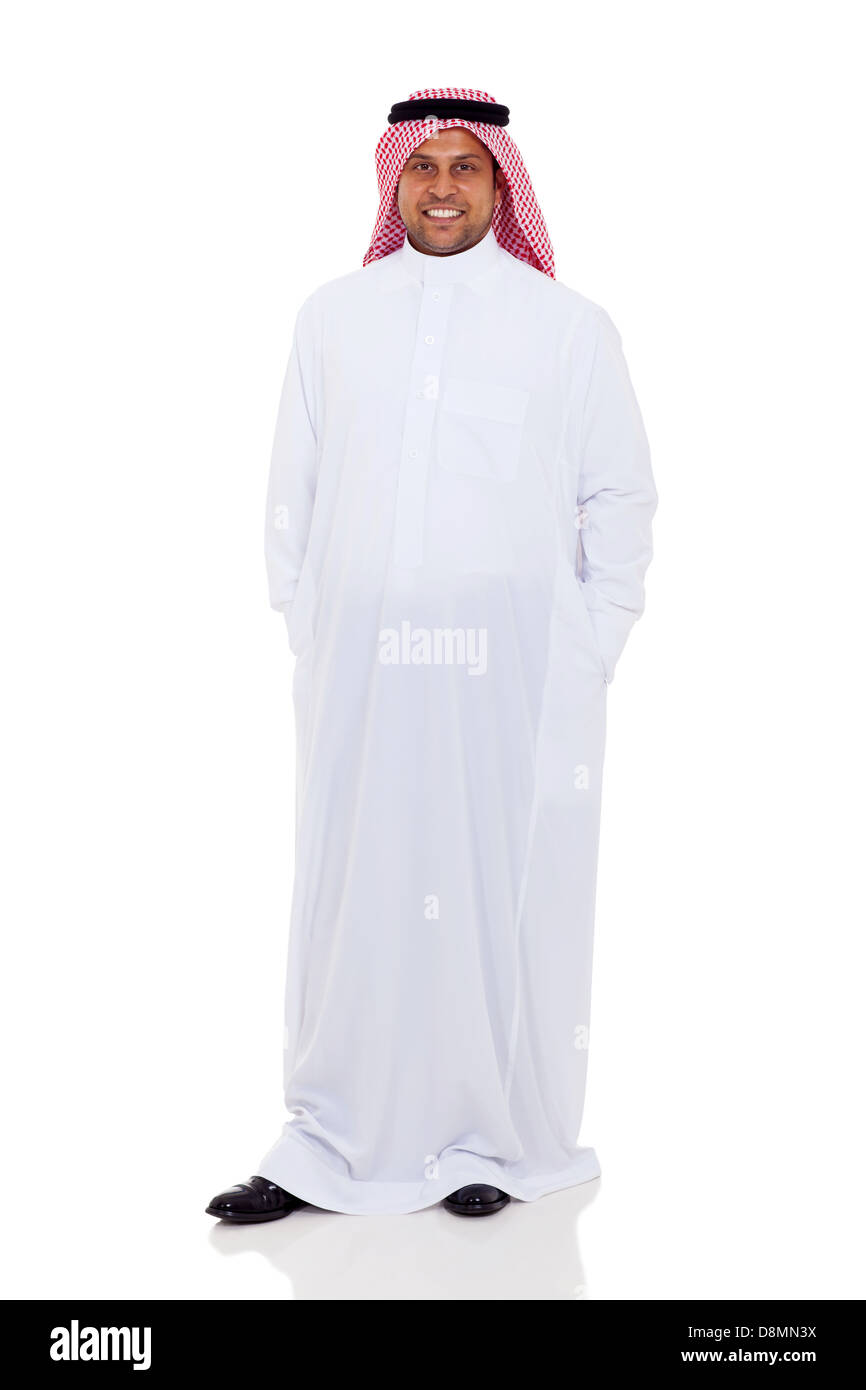In the rich tapestry of Middle Eastern culture, traditional clothing plays a significant role in expressing cultural identity and heritage. The Qatari Thobe and the Saudi Thobe are two iconic garments that are deeply rooted in the Arabian Peninsula's history and culture. These flowing robes have evolved over centuries, adapting to the needs of the people and reflecting the distinct characteristics of their respective regions. In this exploration, we will delve into the unique features and cultural significance of the Qatari Thobe and the Saudi Thobe, highlighting the subtle yet meaningful differences between them. Amazon.com
The Qatari Thobe: A Glimpse into Qatar's Heritage
The Qatari Thobe is a symbol of Qatar's rich cultural heritage and is often considered an emblem of Qatari identity. It is a long, flowing robe that drapes elegantly from the shoulders down to the ankles, designed to provide comfort in the desert climate while embodying a sense of modesty and tradition. Several key features distinguish the Qatari Thobe:
- Fabric and Color: The fabric of the Qatari Thobe is typically white or off-white, reflecting the scorching desert sun and helping to keep the wearer cool. The choice of white also signifies purity and simplicity, in line with Islamic values.
- Embroidery: One of the most striking features of the Qatari Thobe is the intricate embroidery that adorns the collar, cuffs, and front placket. These patterns are often hand-stitched with great precision, using contrasting colors like gold, red, or black. The embroidery not only adds aesthetic appeal but also signifies the wearer's social status and taste.
- Collar Style: The collar of the Qatari Thobe is known for its distinctive shape, typically featuring a V-neck with a square or rectangular panel. This design allows for easy airflow and provides comfort in Qatar's hot and humid climate.
- Accessories: Qatari men often complement their Thobes with accessories such as the gutra (headscarf) and agal (headband). The choice of these accessories can vary, with some opting for a more traditional look, while others prefer a modern twist.
- Occasions: The Qatari Thobe vs Saudi Thobe is versatile and suitable for various occasions. It is worn daily but can also be customized for special events like weddings or formal gatherings.
The Saudi Thobe: Reflecting Saudi Arabian Traditions
In neighboring Saudi Arabia, the Thobe also holds great cultural significance. It shares some similarities with the Qatari Thobe but has its distinct characteristics that reflect Saudi Arabian traditions and heritage:
- Fabric and Color: Like its Qatari counterpart, the Saudi Thobe is typically made from white or off-white fabric. The color choice serves practical purposes in the desert environment, as well as cultural and religious significance.
- Sleeve Design: One of the most noticeable differences between the two garments is the sleeve design. Saudi Thobes often feature a unique style of sleeves known as "bisht sleeves," which are wider and more voluminous, creating a flowing, regal appearance.
- Embroidery and Patterns: Embroidery on the Saudi Thobe tends to be less elaborate compared to the Qatari Thobe. However, it still includes intricate designs around the collar, cuffs, and front placket, typically in earthy tones like brown or black.
- Accessories: Saudi men commonly pair their Thobes with a headpiece called the ghutrah or shemagh, which is a checkered or striped headscarf held in place by an agal, a black cord-like band. The choice of ghutrah and agal patterns can vary, allowing for individual expression.
- Occasions: The Saudi Thobe is worn for both everyday activities and special occasions. The style and choice of accessories may vary depending on the event, with more elaborate Thobes reserved for weddings and formal gatherings.
Cultural Significance and Modern Evolution
Both the Qatari Thobe and the Saudi Thobe hold immense cultural significance and have evolved over time while retaining their traditional essence. These garments are not merely clothing but represent a sense of identity, history, and pride for the people who wear them.
In recent years, there has been a growing trend in modernizing these traditional garments. Designers and tailors are experimenting with new colors, fabrics, and cuts, while still respecting the core elements that define the Thobe. This modernization allows for greater comfort and flexibility while preserving the cultural connection to these iconic robes.
Additionally, the Thobe has gained international recognition as a symbol of Arabian culture. It is not uncommon to see dignitaries and leaders from the Arabian Peninsula wearing their distinctive Thobes during diplomatic events, highlighting the cultural significance of these garments on a global stage.
In conclusion, the Qatari Thobe and the Saudi Thobe are more than just garments; they are living symbols of cultural heritage, identity, and tradition. While they share some common elements, each Thobe has its unique features that reflect the distinct histories and cultures of Qatar and Saudi Arabia. These robes continue to evolve, bridging the gap between tradition and modernity, and reminding us of the enduring legacy of Arabian culture. Visit official website newarabia.co.uk

